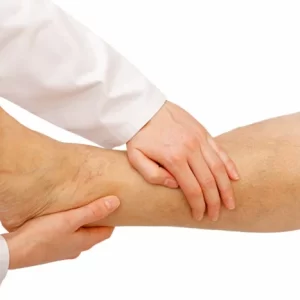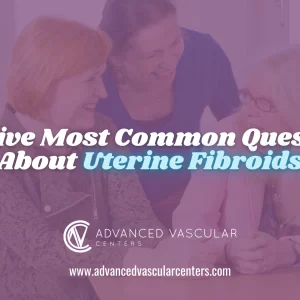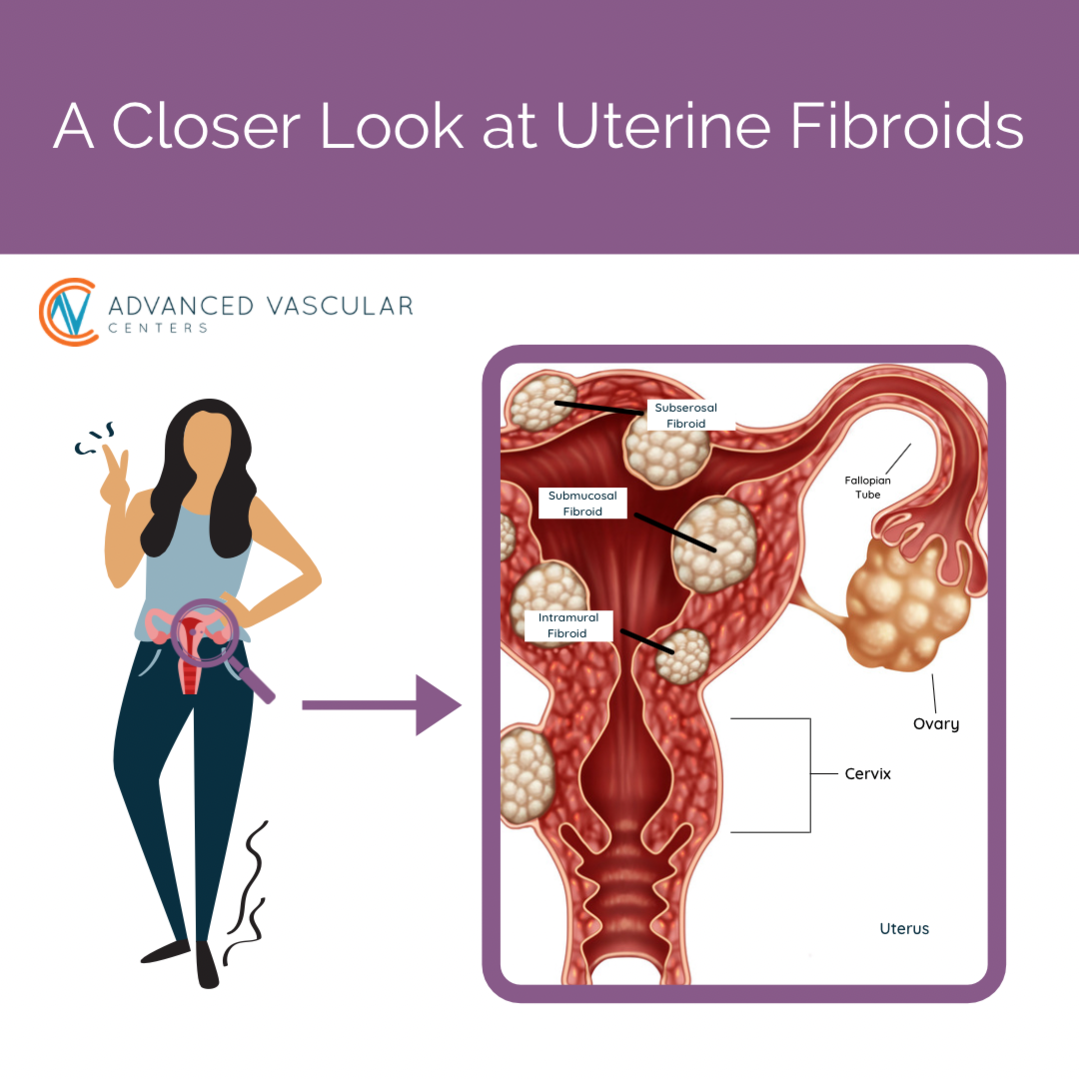KYPHOPLASTY
Kyphoplasty is a minimally invasive surgical procedure used to treat vertebral compression fractures (VCFs) in the spine. These fractures often result from osteoporosis or trauma, leading to a loss in vertebral height and deformity. Kyphoplasty aims to reduce pain, stabilize the fracture, and restore vertebral height and alignment. This article explores the procedure, its indications, benefits, risks, and postoperative care.
Contact AVC to see if you are a candidate for Kyphoplasty.
Overview of Kyphoplasty
Kyphoplasty is a procedure performed by interventional radiologists or spine surgeons to address vertebral compression fractures, which can cause severe pain, disability, and spinal deformity. The procedure involves the injection of bone cement into the fractured vertebra to stabilize the fracture and restore vertebral height.
Indications for Kyphoplasty
Kyphoplasty is typically recommended for patients with painful vertebral compression fractures that have not responded to conservative treatments such as rest, pain medications, and bracing. It is often indicated for fractures resulting from osteoporosis, metastatic cancer, or traumatic injury.
Benefits of Kyphoplasty
- Pain Relief: Kyphoplasty can provide significant pain relief for patients with vertebral compression fractures, often leading to improved mobility and quality of life.
- Improved Vertebral Height: By restoring vertebral height, kyphoplasty can help correct spinal deformities and reduce the risk of further fractures.
- Stabilization of Fractures: The injection of bone cement stabilizes the fractured vertebra, reducing the risk of further collapse or deformity.
- Minimally Invasive: Kyphoplasty is a minimally invasive procedure that is typically performed on an outpatient basis, with a relatively short recovery time compared to traditional surgery.
Postoperative Care
After kyphoplasty, patients are usually monitored for a few hours before being discharged home. They are advised to avoid strenuous activities for a few weeks and may be prescribed pain medications and physical therapy to aid in recovery. Follow-up appointments are scheduled to monitor progress and assess the effectiveness of the procedure
Kyphoplasty is a valuable treatment option for patients suffering from painful vertebral compression fractures. By stabilizing fractures, reducing pain, and improving spinal alignment, kyphoplasty can significantly improve the quality of life for individuals with this condition. Contact us to determine the most appropriate treatment approach.
The Kyphoplasty Procedure
- Preoperative Evaluation: Before the procedure, the patient undergoes a thorough evaluation, including imaging studies such as X-rays, CT scans, or MRIs, to assess the extent and location of the fracture.
- Anesthesia: Kyphoplasty is performed under local or general anesthesia, depending on the patient’s condition and the preference of the healthcare team.
- Access: A small incision is made in the back, and a narrow tube called a cannula is inserted into the fractured vertebra under fluoroscopic guidance.
- Fracture Reduction: A balloon-like device called a tamp is inserted through the cannula and inflated to create a cavity in the fractured vertebra, restoring its height and alignment.
- Cement Injection: Once the desired height is achieved, bone cement (usually polymethylmethacrylate, or PMMA) is injected into the cavity to stabilize the fracture.
- Curettage and Cement Injection: In some cases, the surgeon may perform a curettage procedure to remove damaged tissue from the vertebral body before injecting the cement.
- Completion: After the cement hardens, the cannula is removed, and the incision is closed with sutures or adhesive strips.
Risks and Complications
While kyphoplasty is generally considered safe, like any surgical procedure, it carries certain risks, including:
- Infection at the surgical site
- Cement leakage into surrounding tissues, which can cause nerve compression or pulmonary embolism
- Bleeding or hematoma formation
- Allergic reactions to anesthesia or bone cement
FAQS
What causes vertebral compression fractures?
Vertebral compression fractures can be caused by osteoporosis, a condition characterized by weakening of the bones, making them more susceptible to fracture. Other causes include trauma, such as a fall or motor vehicle accident, and certain medical conditions like cancer or osteomyelitis.
How do I know if I need kyphoplasty?
If you have been diagnosed with a vertebral compression fracture and are experiencing severe pain that is not relieved by conservative treatments, you may be a candidate for kyphoplasty. Your healthcare provider will evaluate your condition and determine if kyphoplasty is appropriate for you.
Is kyphoplasty a major surgery?
Kyphoplasty is considered a minimally invasive procedure, meaning it is less invasive than traditional open surgery. It is typically performed on an outpatient basis under local or general anesthesia, and most patients can go home the same day.
How long does it take to recover from kyphoplasty?
Recovery time can vary depending on the individual and the extent of the procedure. Most patients experience some improvement in pain and mobility immediately after the procedure, with full recovery taking a few weeks to a few months.
Are there any restrictions after kyphoplasty?
Patients are typically advised to avoid strenuous activities, lifting heavy objects, or twisting the spine for a few weeks after kyphoplasty. Your healthcare provider will provide specific instructions based on your individual case.
How long does the effect of kyphoplasty last?
The effects of kyphoplasty can vary from patient to patient. Some patients experience long-lasting pain relief and improved spinal alignment, while others may require additional treatments or procedures in the future. It is essential to follow up with your healthcare provider regularly to monitor your condition and address any concerns.




